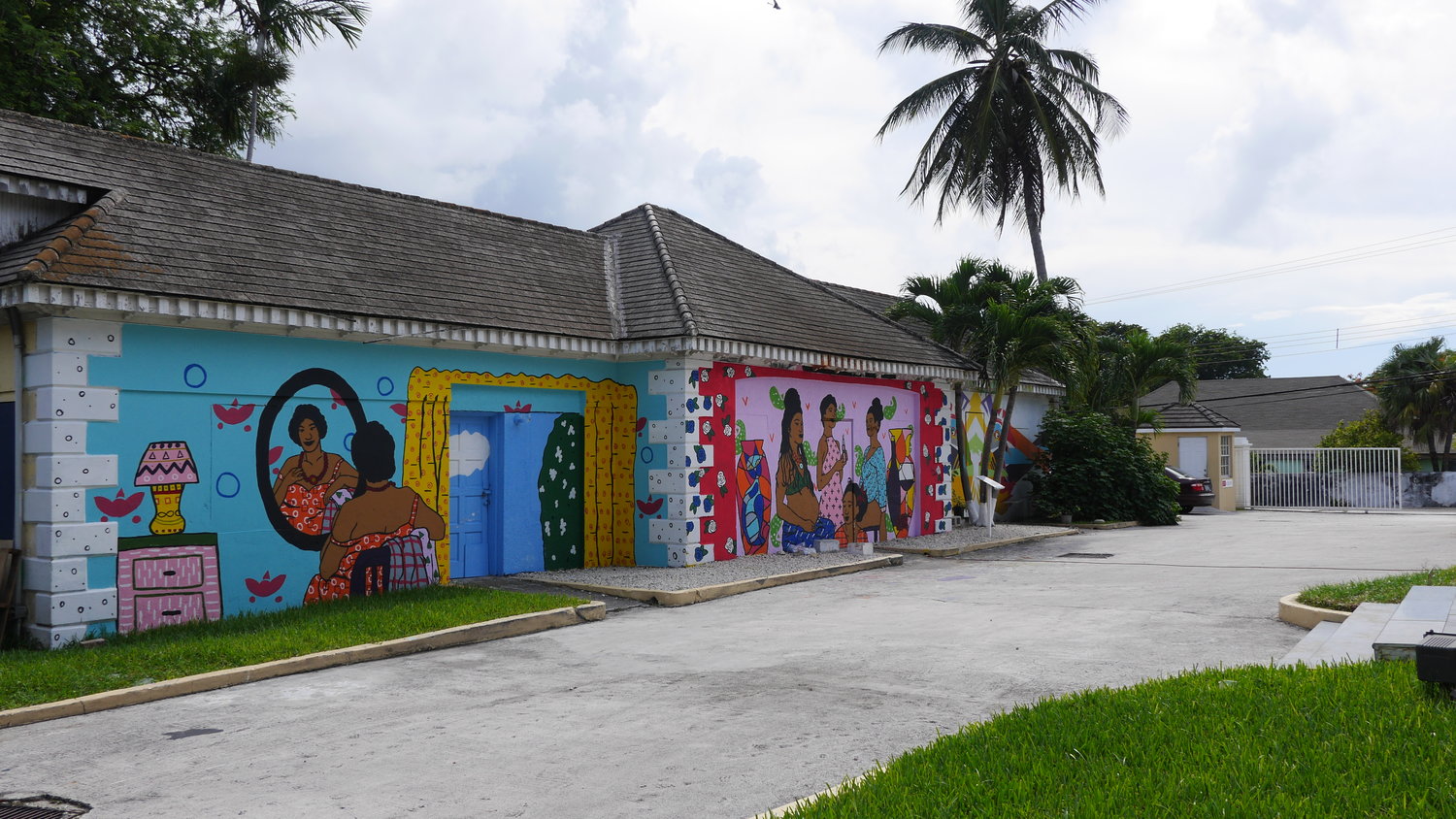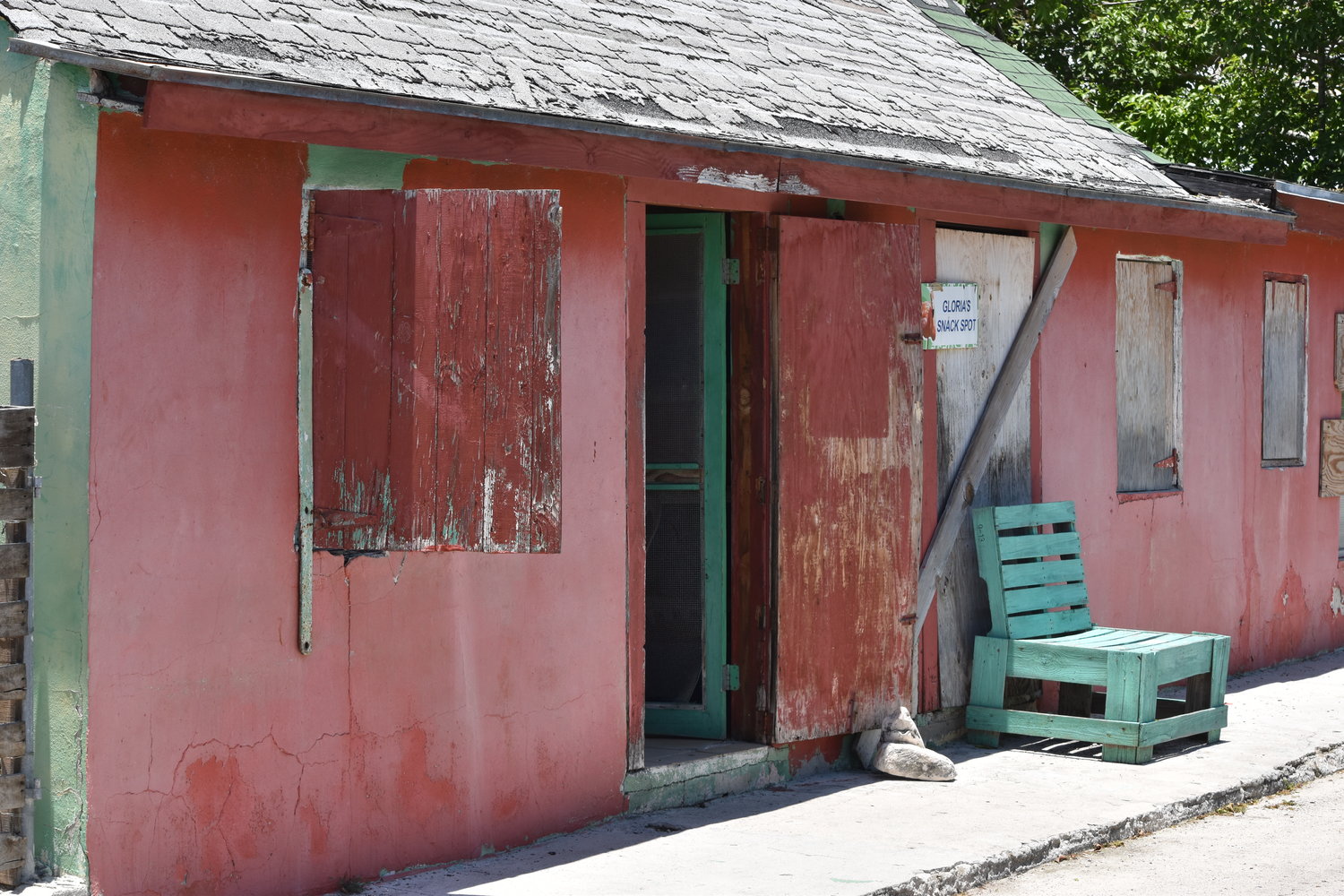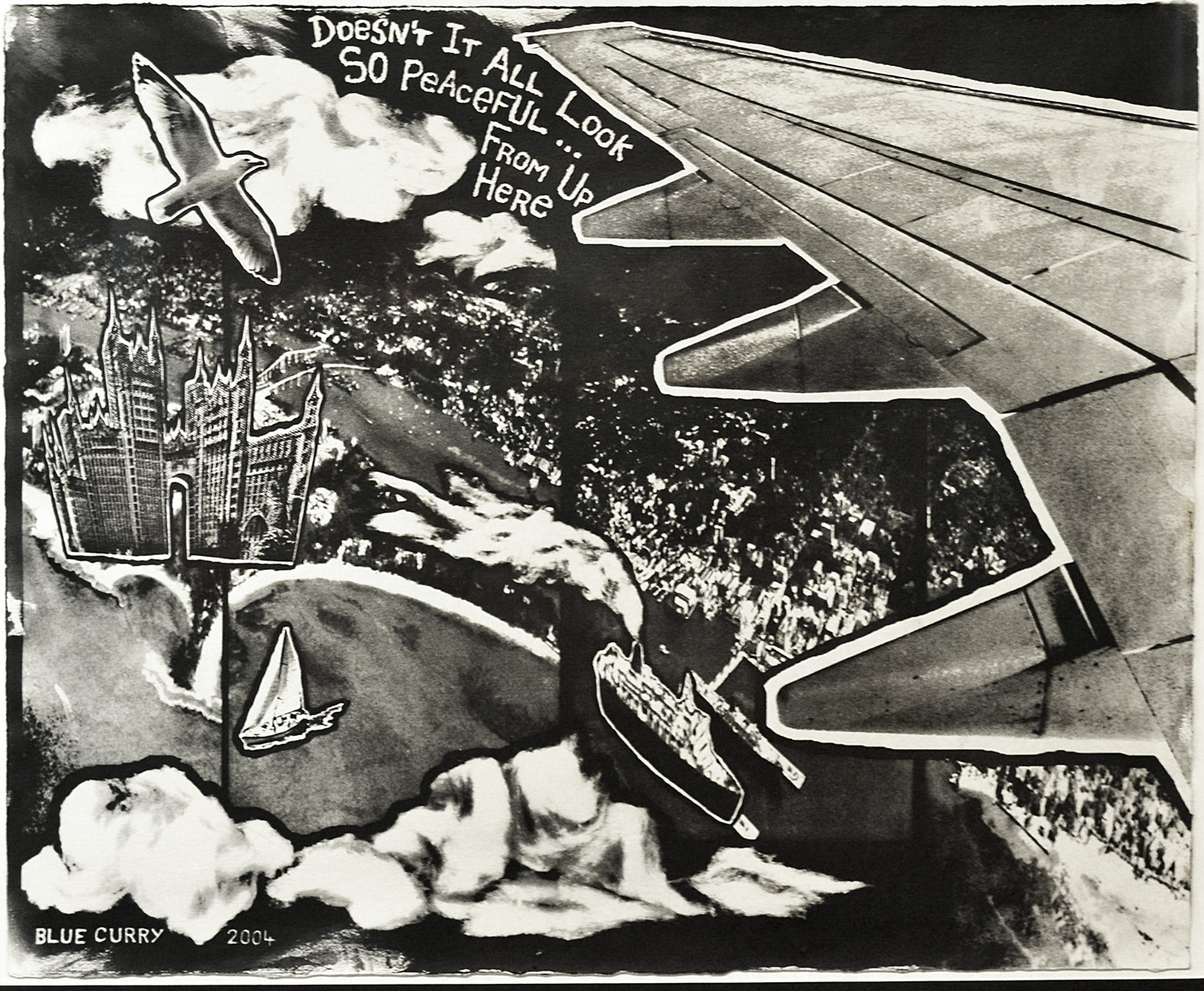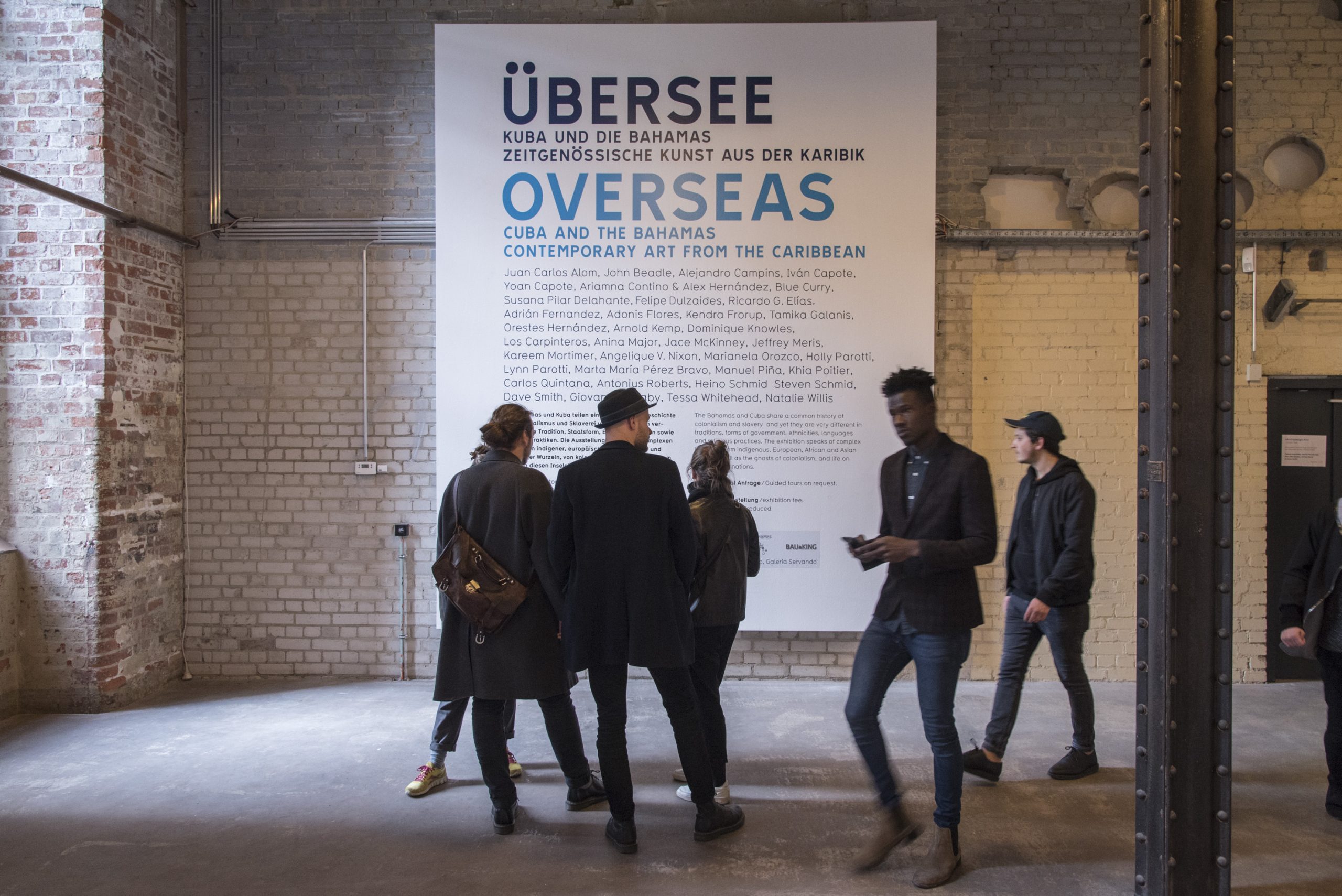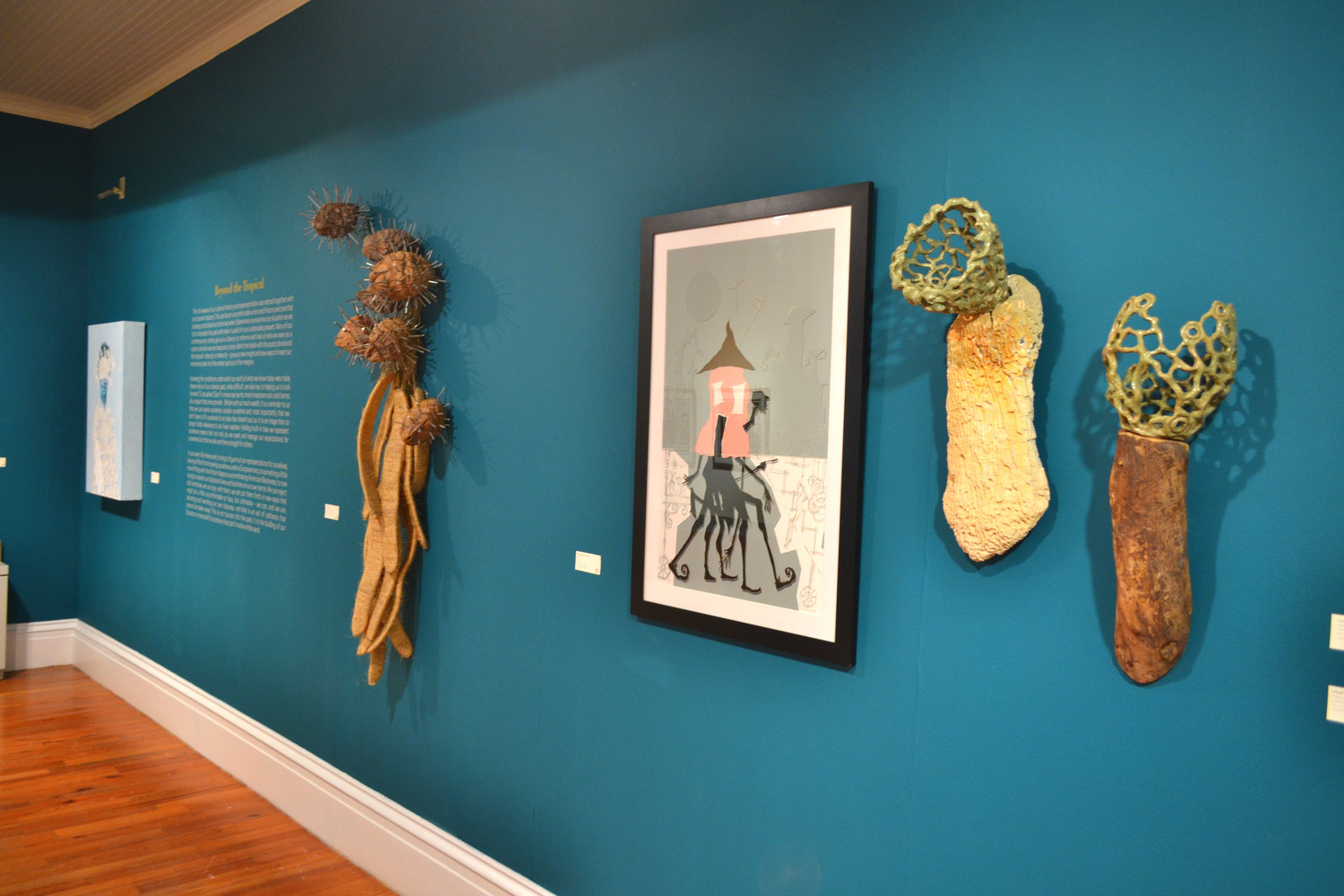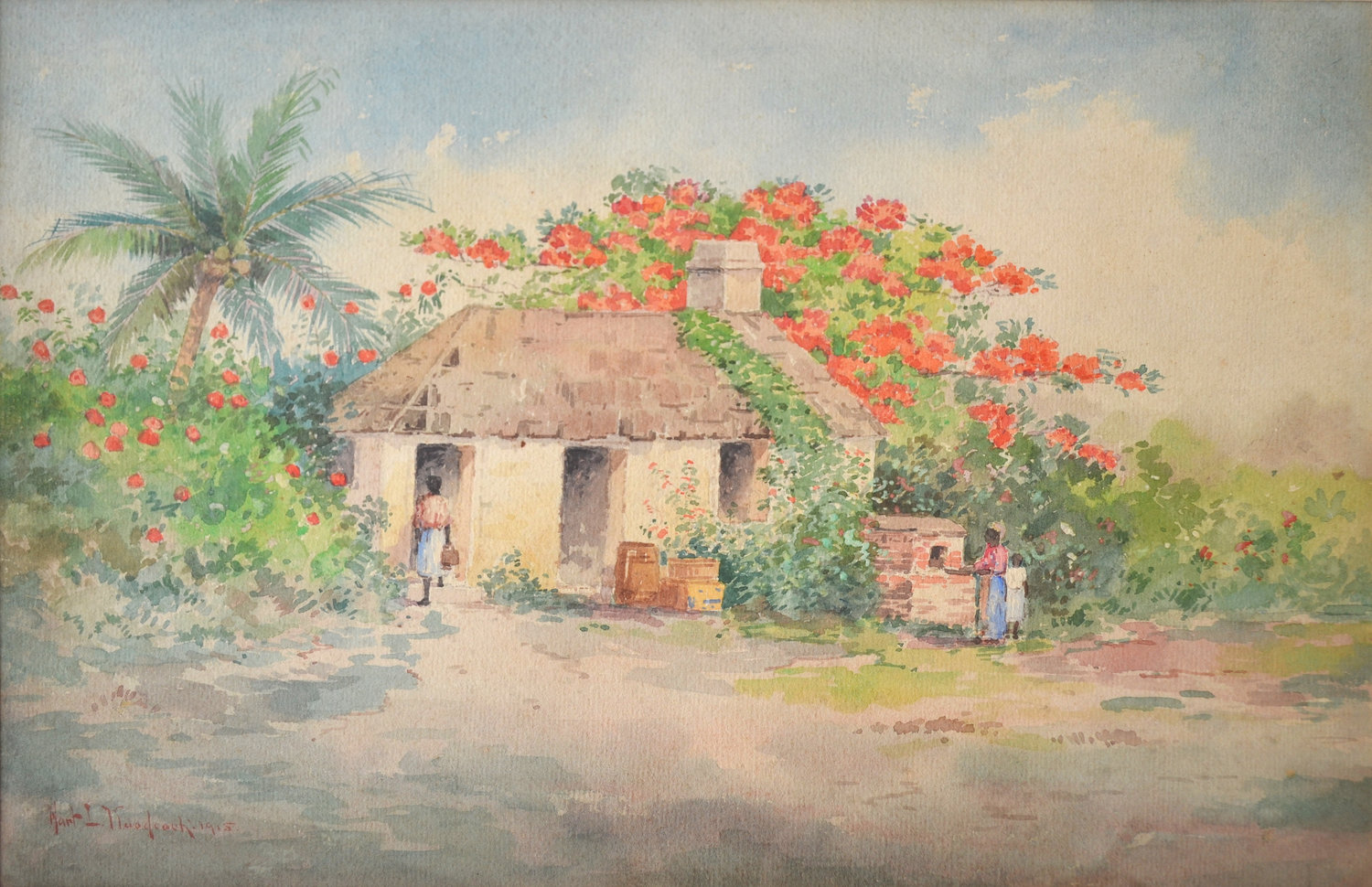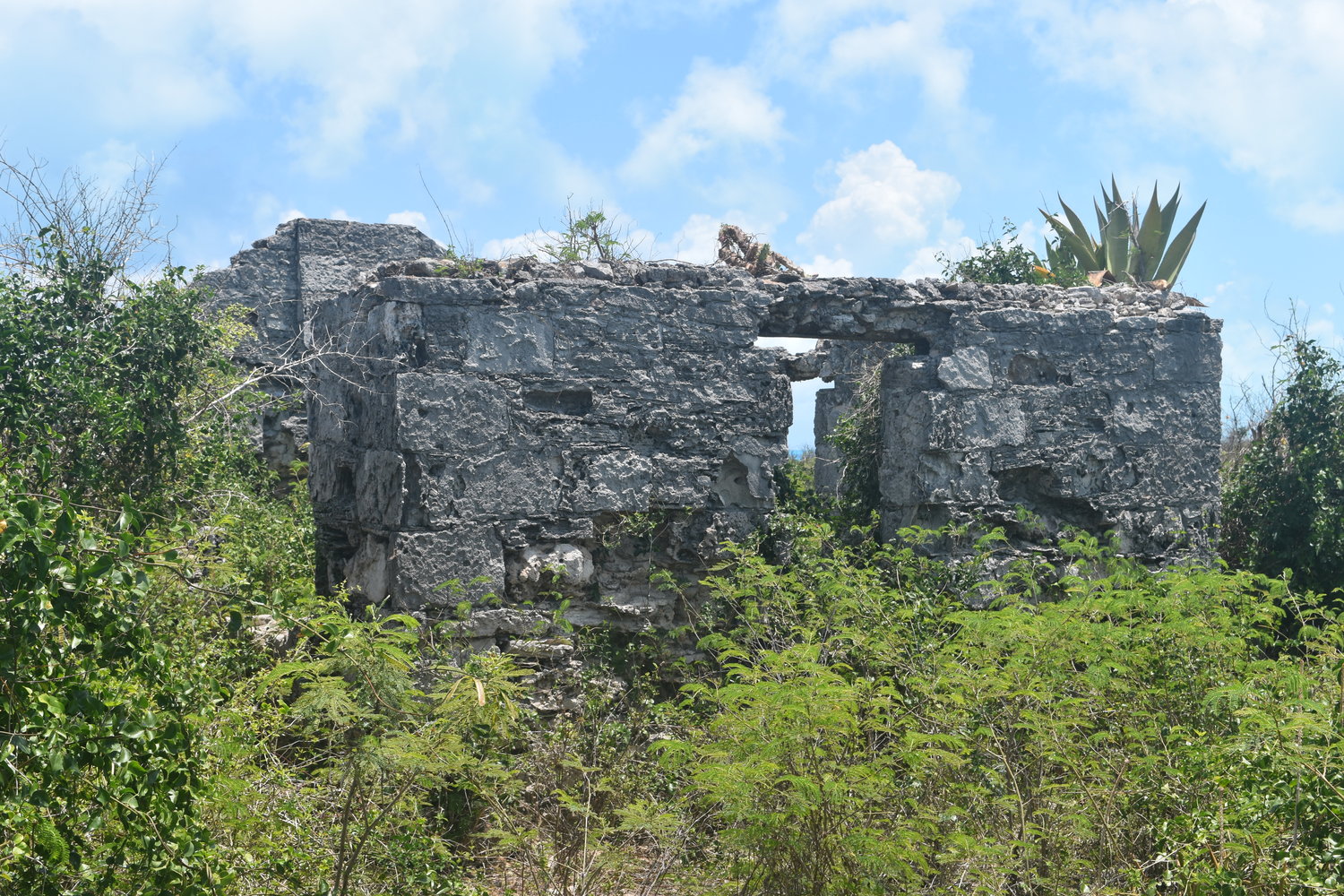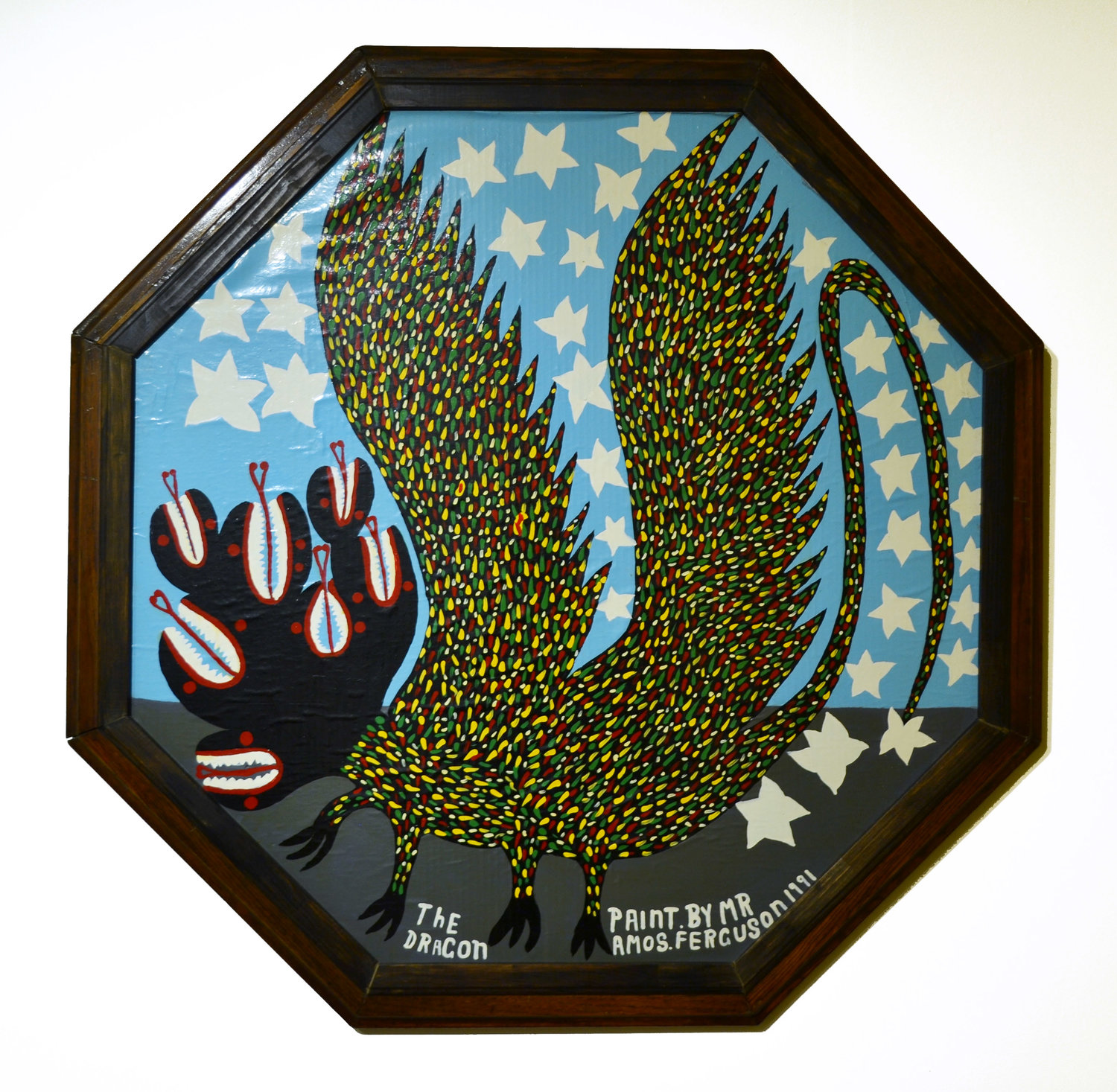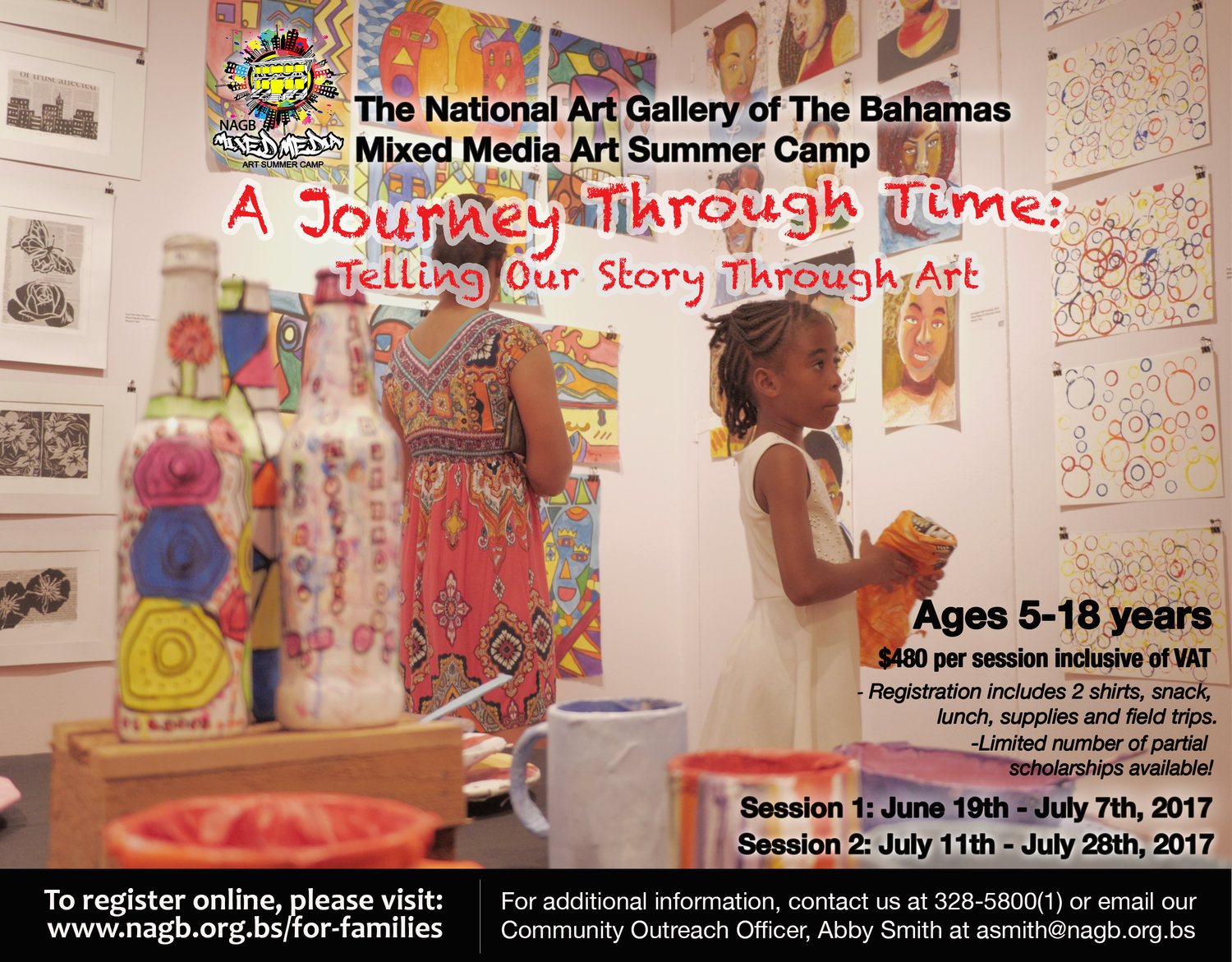The MMSAC is looking or two artists to conceive a mural on public and NAGB walls along with MMSAC campers. Not only will you make amazing art, you will facilitate an amazing experience for young Bahamians. The theme is ‘Tellin’ We Story: Narrating National Identity”. For more information, contact Community Outreach Officer and Camp Coordinator Abby Smith here.
All posts by admin
Cultural Development and Investment: The Recognition of Our Cultural Heritage
Cultural heritage, shockingly, is actually not unique to or owned by a people unless it is inscribed as such. So, as a nation, we think we are the sole practitioners of Junkanoo the way we perform it on Boxing Day morning and New Year’s Day morning, however, this unique cultural relationship does not endow us, The Bahamas or the Bahamian people with the right to use Junkanoo as we wish. We do not own the practice nor do we benefit from it, despite the fact that whenever we are invited as a country to an arts or culture festival we tend to drag an entire Junkanoo group with us. The nation and the state have been historically irresponsible when it comes to officially claiming and so protecting our cultural heritage.
From the Collection: Blue Curry’s Nassau From Above
A sense of gloom surrounds Nassau from Above through Blue Curry’s use of black-and-white collage-styled imagery, paired with the words “Doesn’t it all look so peaceful… from up here.” We are slapped with sarcasm as these words overlay an image of Nassau seen from above through an airplane window.
Blank Canvas: Übersee with Holly Bynoe and Jeffrey Meris
On today’s episode of the Blank Canvas host, Amanda Coulson, is joined in the studio by NAGB Chief Curator, Holly Bynoe and practicing artist Jeffrey Meris to speak about their involvement in Übersee: Cuba and The Bahamas, Contemporary Art from the Caribbean, curated by Bynoe and Cuban independent curator, Tonel. The show is on view at Halle 14 through August 6th in Leipzig, Germany.
From the Collection: Lavar Munroe’s “The Migrant”
Lavar Munroe’s “The Migrant” is an illustrative portrayal of a spindle-legged, knock-kneed nomad carrying his home on his back. In many ways, the tale this digital print tells of the ubiquitous image of the immigrant is reminiscent of the Phil Stubbs classic song, ‘Cry of the Potcake.” The xenophobia and self-hate we deal with as a nation is quite easily summated in the lyrics of the catchy tune, “they don’t love me, they only know me when they need me,” and Munroe’s look at the struggle of the emigrant bolsters this when we think of our history as forced immigrants. For instance, can we image our Bahamas without teachers, nurses and doctors from elsewhere in the region working alongside those we consider to be ‘born’ Bahamians?
Blank Canvas: Talking Tilting Axis 3 with Heino Schmid and Tessa Whitehead
This week’s “Blank Canvas” hosts part of the Bahamian contingent of delegates who attended the pan-Caribbean conference for art professionals, “Tilting Axis,” hosted this year at the National Gallery of the Cayman Islands. “Tilting Axis” is a roving conference, conceived by the NAGB’s own Chief Curator, Holly Bynoe (while she was still the publisher of ARC Magazine), and Annalee Davis, Director of the Fresh Milk Art Platform in Barbados.
A Distant Bahamas: “Native Hut” (1915) by Hartwell Leon Woodcock
The American watercolour painter, Hartwell Leon Woodcock (1853-1929) is very much one of the typical representatives of British colonial-period painting where The Bahamas is concerned. His quaint depiction of a Bahamian home and landscape – complete with outdoor amenities associated with the time – fits in with the usual canon of charming images from the era. In “Native Hut” (1915) this portrayal of the Caribbean picturesque is precisely why the work was chosen as part of the 2017-18 Permanent Exhibition, “Revisiting An Eye For the Tropics,”, and why it is an important part of the National Collection.
Cultural Heritage & Erasure: “Protecting our inheritance and patrimony”
How do we forget that when we lose our tangible culture, we actually also lose our intangible culture? They usually go together. Culture is not just a product that we package and sell. It is actually a process, a way of life, a rhythm that is embodied in a place. Exuma and Long Island, Acklins and Bimini have very different rhythms. They do not all practice Rake ‘n’ Scrape the same way, nor do they cook the same dishes in the same fashion. Boat building on Abaco is different from boat building in Long Island; each community has its own identity and rhythm that does not conform to national structures.
Ferguson’s Fantastic Dragon: Blending the imagination with the biblical
A fire-breathing hell-beast, a scaly winged thing of fantasy – sometimes good, sometimes dangerous and greedy: Dragons. Not a staple in the established subject matter for Amos Ferguson, but nonetheless a treasure in the National Collection, an entity worthy of having an epic flying reptilian guarding it for sure. Ferguson’s “The Dragon” (1991) is an outlier for a lot of reasons. While his usual practice includes references to biblical scenes, Bahamian folklore, and more often than not, Bahamian scenery – with the iconic titles painted in Bahamian vernacular that act as a mirror for our particular language traditions, this piece doesn’t quite typify his practice.
The NAGB’s Mixed Media Summer Art Camp gears up for an exciting summer
Let your aspiring painter embrace their inner Brent Malone at the NAGB’s Mixed Media Summer Art Camp this June and July. They will explore the world of the expressionists and impressionists, paint from observation and sample the wonderfully expressive qualities of abstract through the lens of Bahamian history.
